- Sponsored -
India vs England: Memorable Indian Test victories on English soil
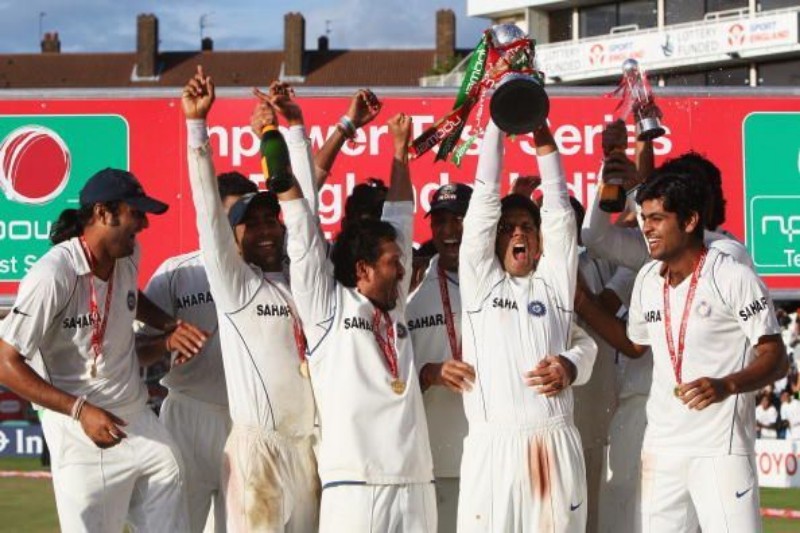
Test wins on English soil have come very few and far in between for India, but it has always been memorable whenever they came.
- Sponsored -
Ever since Col. CK Naydu led the first Indian team in their maiden Test match against the colonial masters at Lord’s, India has travelled 17-times to England and have won three-Test series. Every Test victory, however, has been memorable.
The Live Mirror takes a look at 6 of those Memorable Indian Test victories on English soil.
Great Indian Test victories in England
1971: 3rd Test, The Oval –
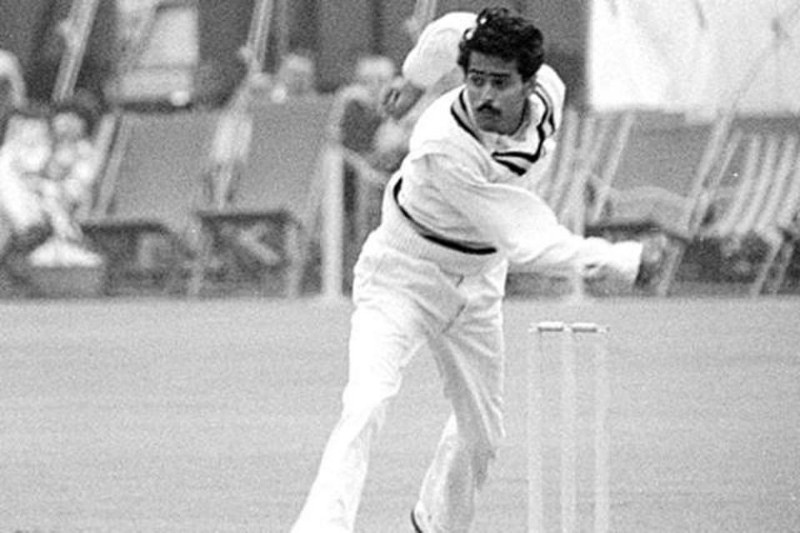
India led by Ajit Wadekar had just trumped the mighty West Indies on their own soil in the historic 1-0 Test-series victory. Dilip Sardesai with three centuries – including a double hundred – was the star but a young opener by the name of Sunil Gavaskar had caught the eye with consecutive half-centuries in the winning match. He promised of greater things to come and was in the team-squad for the England tour, but the biggest addition was that of leg-spinner BS Chandrasekhar, who had missed the victorious Caribbean tour.
That England will present a different challenge was a known fact and India survived the opening scare when rain interrupted play in the final session of the opening Test, with England needing only two wickets for a victory. The second Test also ended in a draw, leaving both sides wanting a win in the deciding test match at The Oval.
England won the toss and made 355 in the first innings. In reply India could only amass 284 after vital half-centuries from Dilip Sardesai (54) and wicket-keeper Farokh Engineer (59), handing the hosts a 71 run lead. But just as the match seemed to run away from India’s hands, the bowlers delivered bundling England out for a paltry 101.
Chandrasekhar was the main wicket-taker, running through the English top and lower order to finish with a figure of 6/38. India had to chase down 173 and they did it successfully but not before England had sent half of the top-order batsman packing. But after captain Wadekar (45) and Sardesai (40) had taken the visitors close to 134/5, it was left to Engineer once again to steer India home and he made a quick-fire 28 to lead the nation to a historic Test-series win on English soil.
It was India’s first Victory in England after 15 draws and six defeats.
1986: 1st victory at Lord’s “The Mecca of Cricket”—
By this time India already felt at home while playing at Lord’s. They had lifted
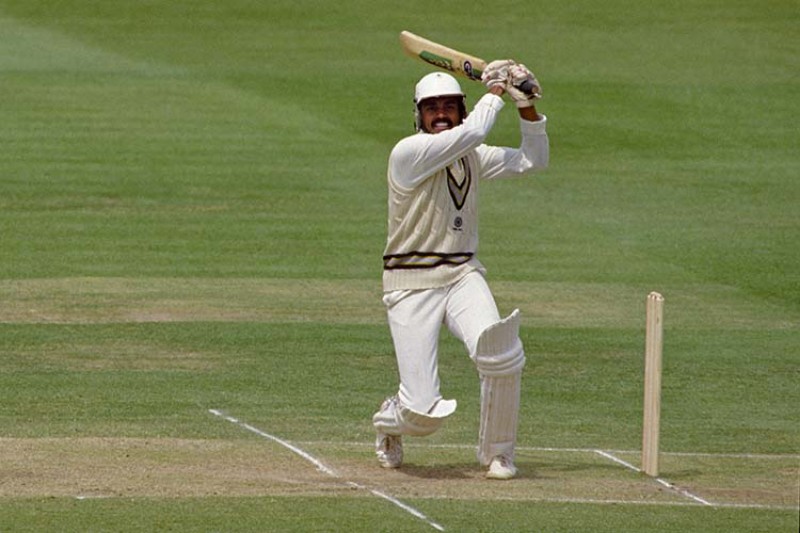
the 1983 World Cup here and were also victorious in the World Championship of Cricket. Led by the charismatic Kapil Dev, India narrowly missed out on a maiden series win in Australia against the Kangaroos and were slowly building up to become a formidable Test team. Lord’s, however, had only given them disappointments in the longest format – in 10 matches India had lost eight and drawn two. India was also without a Test victory since February 1981 and Dev in his 21st Test as a captain was still in search for a maiden Test victory.
But all of that dismay was put to rest in the opening Test of 1986. Dilip vengsarkar made a brilliant hundred becoming the only overseas batsman with three Test tons at Lord’s. It helped India take a crucial 47-run lead after England batting first were bundled out for 294, as a 20-year-old Chetan Sharma took a five-wicket haul.
Also Read : England vs India: Virat Kohli out to conquer past hoodoo
Things got even worse for the English in the second innings as skipper Kapil Dev this time wreaked havoc, running through the entire top-order with some classic swing bowling to bundle the English for just 180 on board. He then returned to play blitzkrieg innings of 23 from 10 balls, smashing Phil Edmonds for 18 runs in the final over of the game that included a match-winning six off the last ball.
2007: 2nd Test Trent Bridge –
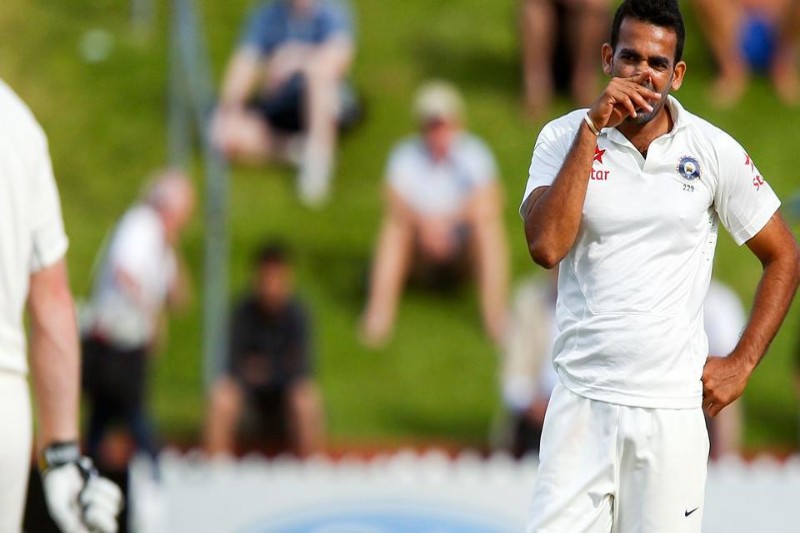
The events preceding the Test-series had already put India in a spot of bother. The World Cup disaster, followed by the resignation of head coach Greg Chappell – who did everything a coach wasn’t expected to do – meant the Men in Blue landed in England without a coach.
The sour taste all those incidents had left on the players were clearly evident in the opening Test in which India somehow survived after rain washed the final session of the match, with the Indian last pair batting.
Rahul Dravid then opted to field first in the second Test and pace-bowler Zaheer Khan vindicated that decision with a four-wicket haul to dismiss England for a low score of 198. The star-studded Indian batting line-up then responded in style, with five of the top six batsmen notching up a half-century, including a 96-run partnership between Sachin Tendulkar (91) and Sourav Ganguly (79) as India piled up 481-runs on board.
Also Read: India vs England: Top five Test innings by Indian batsmen on English soil
England then needed a master-class to overcome the 283-run deficit and they found one in captain Michael Vaughan, who scored an aggressive 124 ably supported by Andrew Strauss (55) and Paul Collingwood (63). But England could only manage 355 after Khan steered by the jelly-bean incident created chaos in the English top-order to take a fifer – that included scalps of five of the top six batsmen.
India needed 73-runs to win and they despite a slight hiccup registered an emphatic 7-wicket victory. The third and final Test ended in a draw, leaving India to clinch a resounding Test-series win on English soil after a gap of 21 years.
1986: Historic 2-0 Test series victory at Leeds –
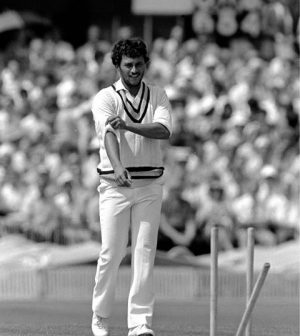
Having recorded their first Test match win in five years’ time, India surged ahead to consecutive victories, in the process pocketing the series 2-0. It was also the first time an Indian team had managed to achieve successive Test victories in England.
Vengsarkar continued his golden form making a half-century and helped by valuable thirties from the top order of Gavaskar (35), Kris Srikkanth (31) and Ravi Shastri (32) India made 272. Roger Binny and Madan Lal then ran through the entire English batting line-up taking five and three wickets respectively to bundle England for 102.
It was Maninder Singh in the second innings, who ensured a 279-runs victory for by taking four wickets after Vengsarkar had scored another brilliant century to help India set a 407-runs target. Only four English batsmen in both the innings manage to reach the double figure.
2002: Comeback win at Leeds –
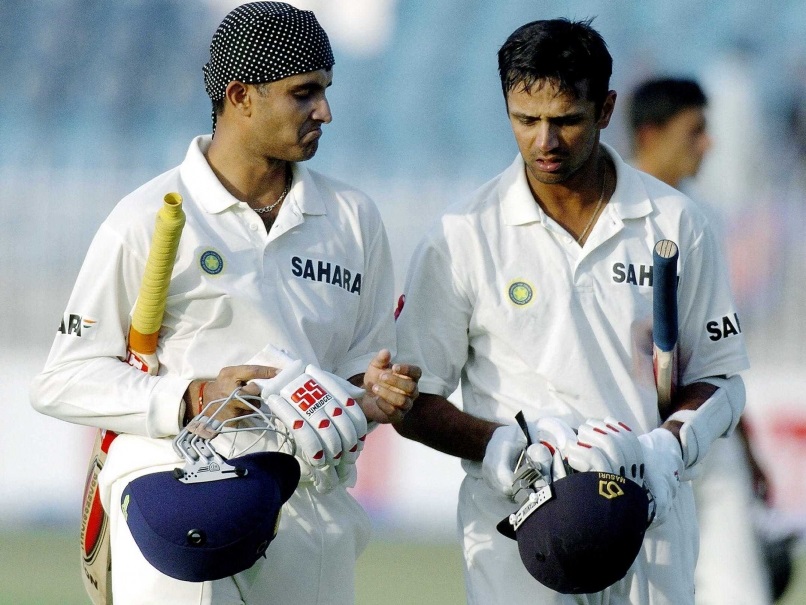
Under Sourav Ganguly, the Indian outfit was a bunch of fearless and talented cricketers always looking to jump above their weight even in unsuitable conditions. They had begun the England tour with a historic Natwest series victory but were defeated by a humiliating 170-runs in the first of the four-match Test series. They managed a draw despite being forced to follow-on at Trent-bridge.
The third-Test at Leeds with a green-top was always England’s to win and seemed more so after Sourav Ganguly on winning the toss, chose to bat first in hostile conditions. India lost opener Virender Sehwag even before they could settle, but Sanjay Bangar and Rahul Dravid steadied the ship with a 170-run stand and there was no looking back from there as Tendulkar, Ganguly, and Dravid himself notched-up fine centuries before declaring the innings with a mammoth score of 628/8.
Also Read: England vs India: Injury scare for R Ashwin ahead of Birmingham Test
India did not require to bat again as the spin duo of Anil Kumble and Harbhajan Singh turned and twisted the English batsman, taking three to dismiss them for 273 in the first innings. England was asked to follow-on and although Nasser Hussain fought bravely with a ton he found very little support from the other end. Finally, when Kumble had him caught by Sehwag, India was racing towards scripting a famous victory by an innings and 46 runs.
2014: Ishant bounces England out –
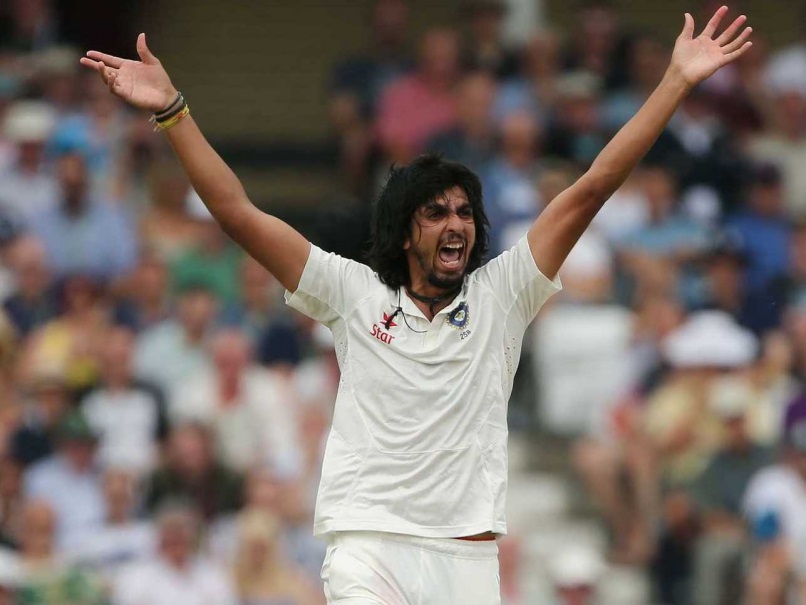
Back after humiliating 0-4 defeats in both England and Australia three years ago, India was seeking redemption this time around. It didn’t come in a full package but was memorable when it arrived for a shot-period of time.
The sight of watching an Indian bowler bouncing out batsmen one after the other is one to cherish and although seen very rare, it came in the summer of 2014 at the “Home of Cricket” after the first Test had ended in a draw.
Led by Alastair Cook, England won the toss and asked India to bat first in conditions where the ball was swirling and dancing past the batsman. Soon the visitors were reeling at 145/7. But a class act from Ajinkya Rahane, who rescued the team with a well-constructed century helped India post a competitive total of 295. England in reply rode on Gary Balance’s steady ton to take a 24-run slender lead.
India’s top-three then build up a good second-innings with Vijay falling just five short of a Test-hundred. But a middle-order collapse meant India once again had to rely on their lower order and Bhuvneshwar Kumar and Ravindra Jadeja did not disappoint – both recording vital half-centuries to set England 319 runs target.
Bhuvi, who had taken six wickets in the opening innings was once again India’s prime bowler. But it was Ishant Sharma’s master class that fetched India a win. His relentless effort of bowling short-pitched deliveries paid dividends as most of England’s batsman perished trying adventurous shots. Sharma finished with his best figures of 7/74 as India marched off to a memorable victory on English soil.
- Sponsored -
